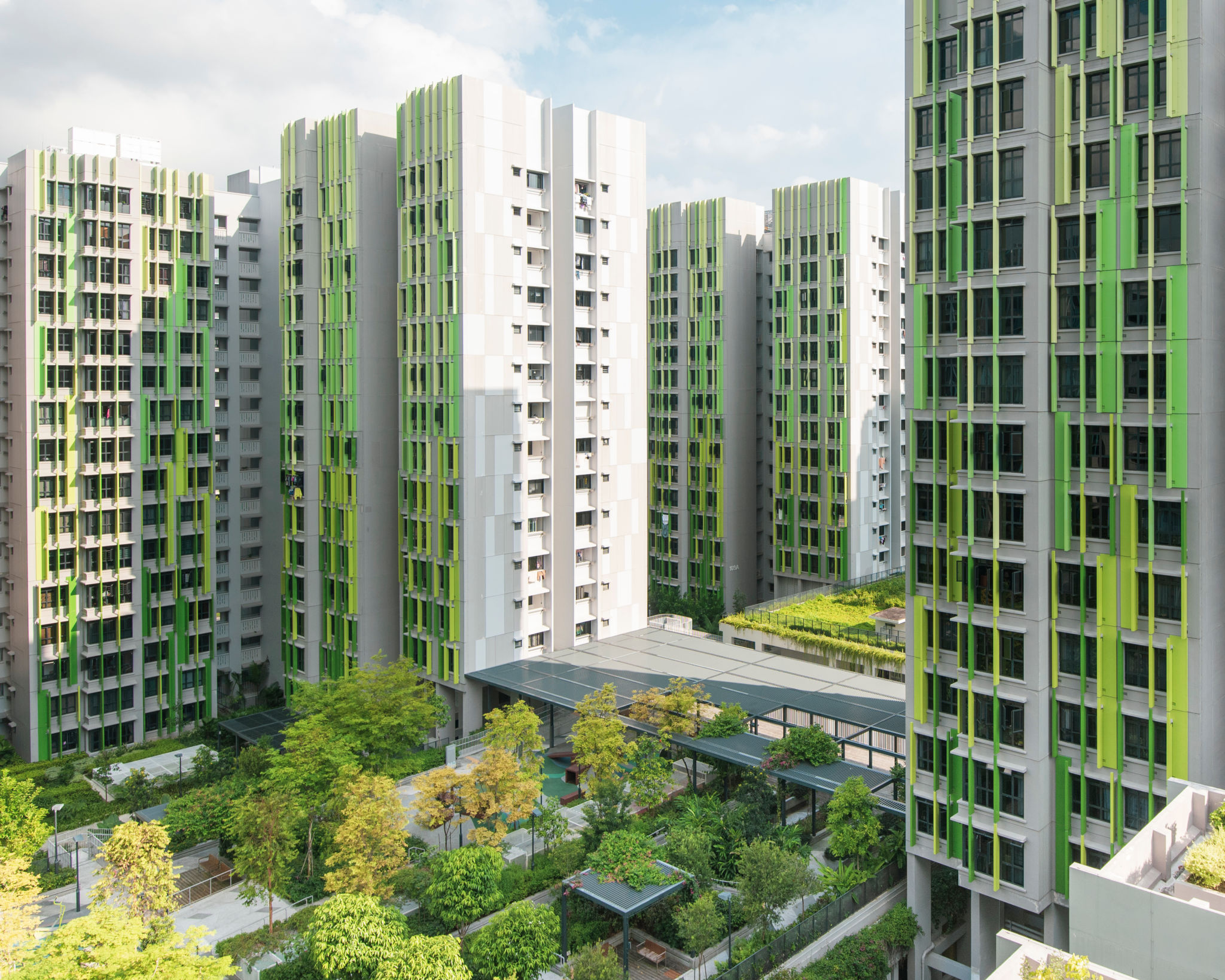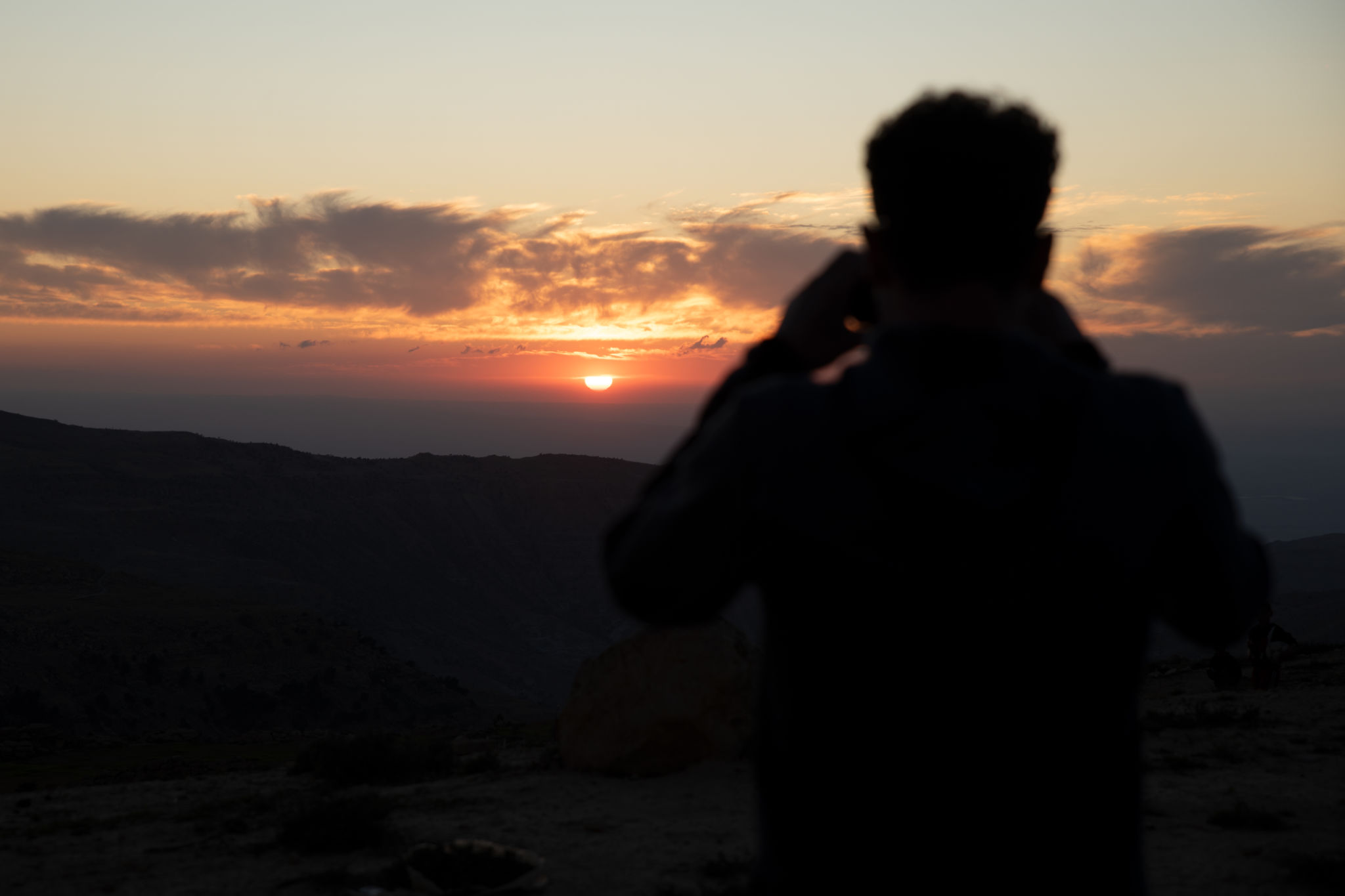Expert Guide: Mastering Natural Light Photography in Singapore
Understanding Natural Light
Natural light photography is an art that requires understanding and harnessing the ever-changing conditions of sunlight. In Singapore, where the tropical climate can offer both intense sunlight and quick, overcast changes, mastering this skill can significantly enhance your photography. The key is to use the natural light to your advantage, whether it’s the harsh midday sun or the soft glow of the golden hour.
When working with natural light, it’s essential to consider the direction and quality of the light. Front light can create vibrant images but may also wash out details, while side light can add depth and dimension to your subjects. Backlighting can produce striking silhouettes and enhance textures. Understanding these elements can help you decide the best times and angles for your shots.

Planning Your Shoots
Successful natural light photography often starts with planning. In Singapore, the tropical sun rises early and sets quickly, so timing is crucial. The golden hour—shortly after sunrise or before sunset—offers soft, diffused lighting ideal for portraits and landscapes. These times are perfect for capturing warm tones and long shadows that add drama and emotion to your images.
Weather is another factor to consider. While sunny days provide vibrant lighting, overcast skies can be just as beneficial, offering even lighting without harsh shadows. Always check the weather forecast and plan your sessions accordingly to make the most of natural conditions.

Choosing the Right Equipment
While natural light is free, having the right equipment can help you make the most of it. A camera with good ISO performance will allow you to shoot in various lighting conditions without compromising image quality. Lenses with large apertures (e.g., f/1.8 or f/2.8) are excellent for capturing more light and achieving beautiful background blur.
Additionally, a reflector or diffuser can be invaluable for controlling and modifying natural light. Reflectors can bounce light back onto your subject, filling in shadows, while diffusers can soften harsh sunlight, creating a more flattering effect. These tools are lightweight and portable, making them perfect for on-location shoots.

Finding Inspiration in Singapore
Singapore offers a plethora of stunning locations for natural light photography. From the lush greenery of Botanic Gardens to the striking architecture of Marina Bay Sands, there’s no shortage of inspiring backdrops. Gardens by the Bay provides unique structural elements that interact beautifully with natural light, while Haji Lane offers colorful street scenes perfect for vibrant portraits.
Exploring different neighborhoods can also yield unexpected photographic opportunities. The interplay of light and shadow in Chinatown’s narrow alleys or the serene lighting over East Coast Park’s beaches can offer endless possibilities for creativity.

Editing Your Images
Post-processing is an essential step in natural light photography. Even with perfect lighting conditions, editing can enhance your images further by adjusting exposure, contrast, and color balance. Software like Adobe Lightroom or Photoshop allows you to fine-tune these elements and bring out the best in your photos.
Presets can help streamline your editing process while maintaining a consistent style across your portfolio. However, it’s important to use them as a starting point rather than a one-size-fits-all solution. Each photograph is unique, and a personal touch can make all the difference.

Practicing Patience and Persistence
Mastering natural light photography requires patience and persistence. Light changes rapidly, especially in a dynamic environment like Singapore, so being ready to adapt is crucial. Practice regularly, experimenting with different settings and compositions to see what works best under various conditions.
Don’t be discouraged by initial challenges or unfavorable weather conditions. Each session is an opportunity to learn and improve your skills. With time and experience, you’ll develop an intuitive sense for capturing stunning images using natural light.
